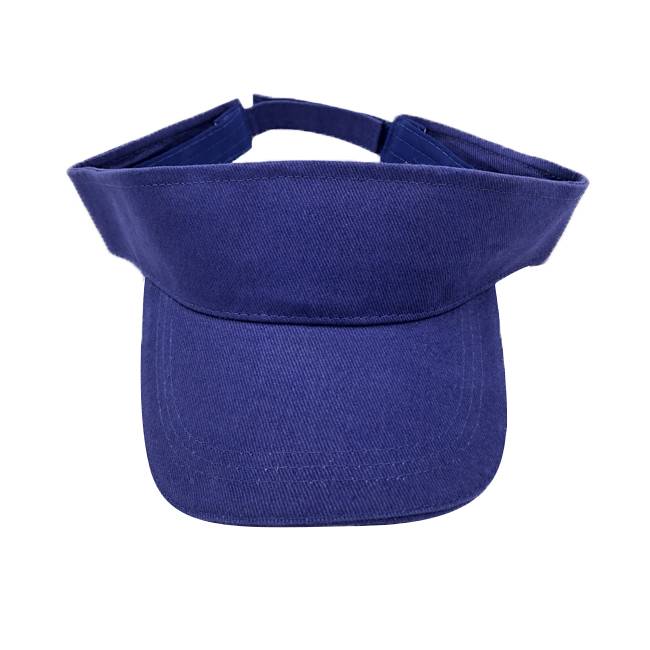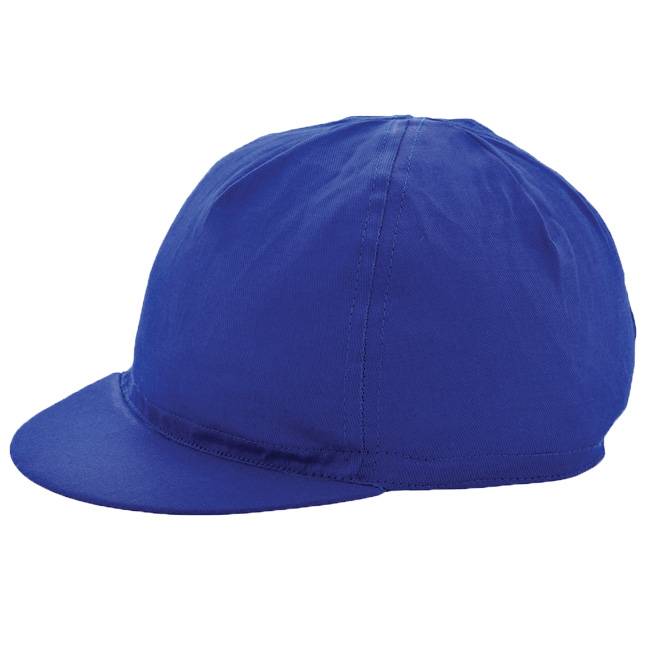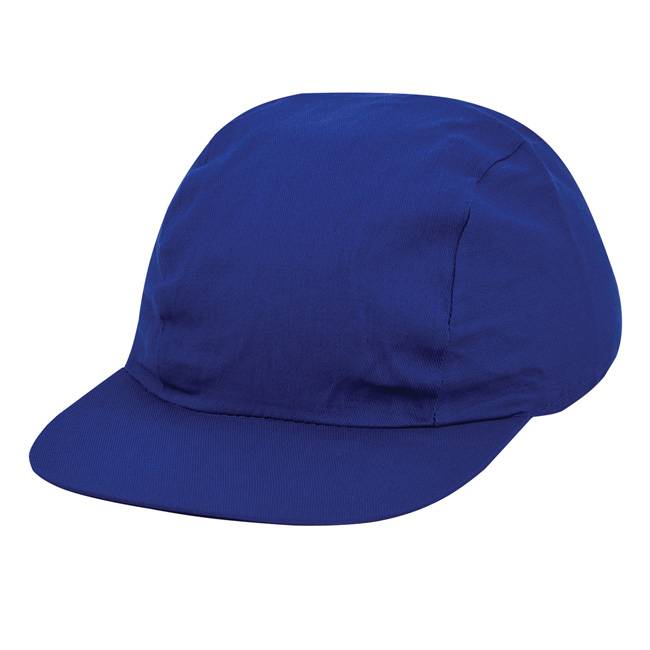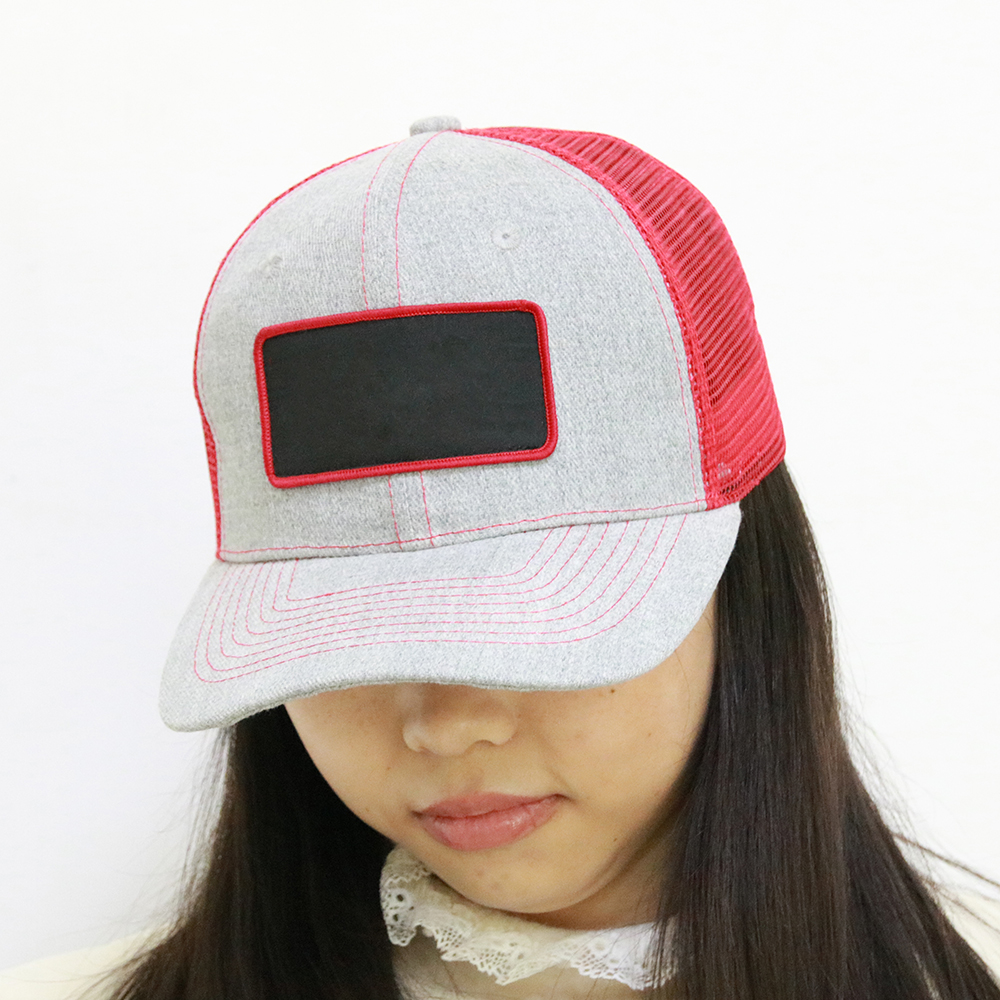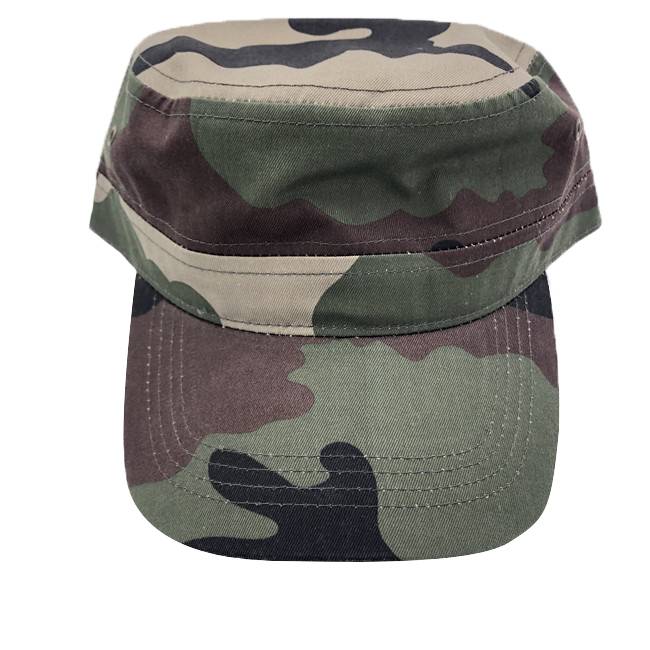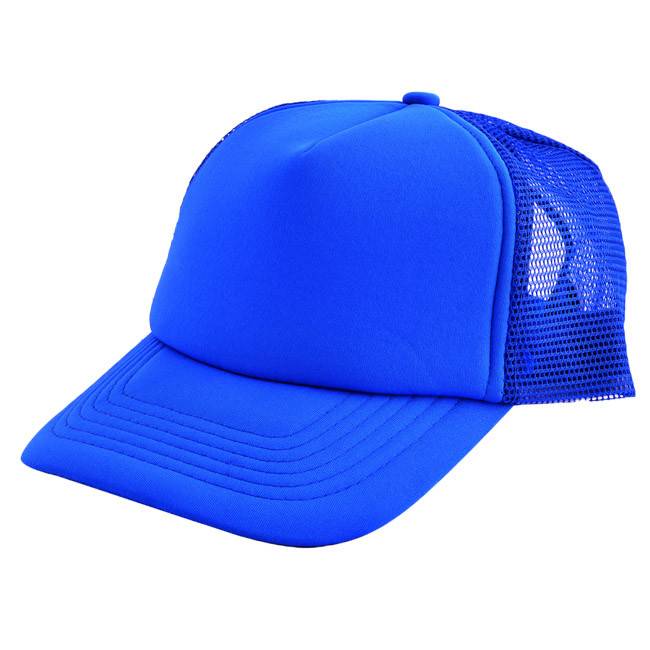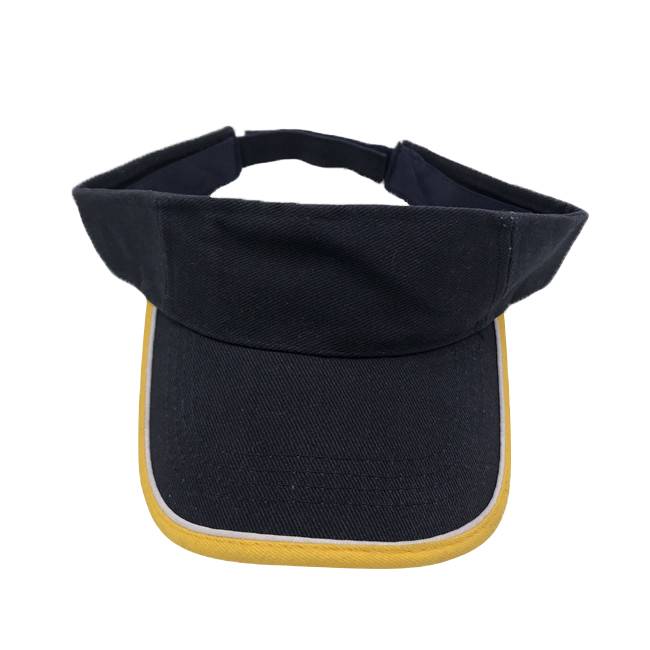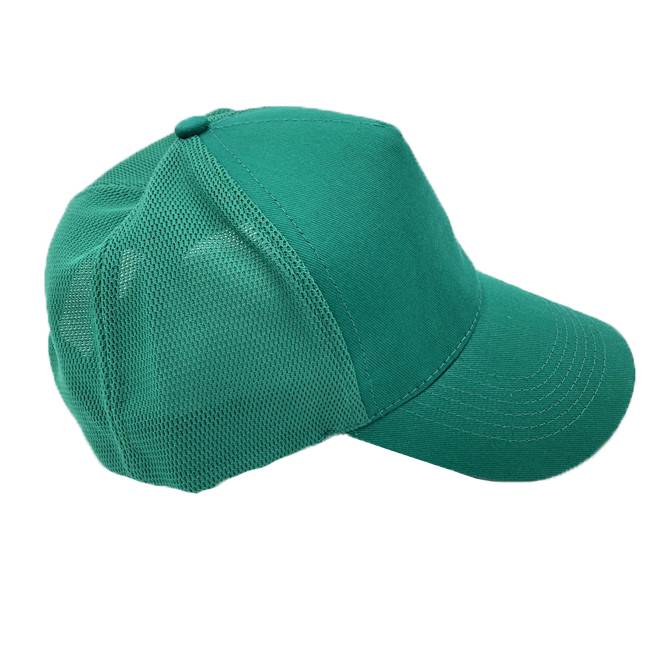Structured Foam Front Trucker Hats - Comfort & Durability
- Introduction to Foam Front Trucker Hats
- Market Impact Statistics
- Engineering Advantages
- Manufacturer Comparison
- Customization Capabilities
- Industry Applications
- Foam Front Trucker Hats: Final Considerations
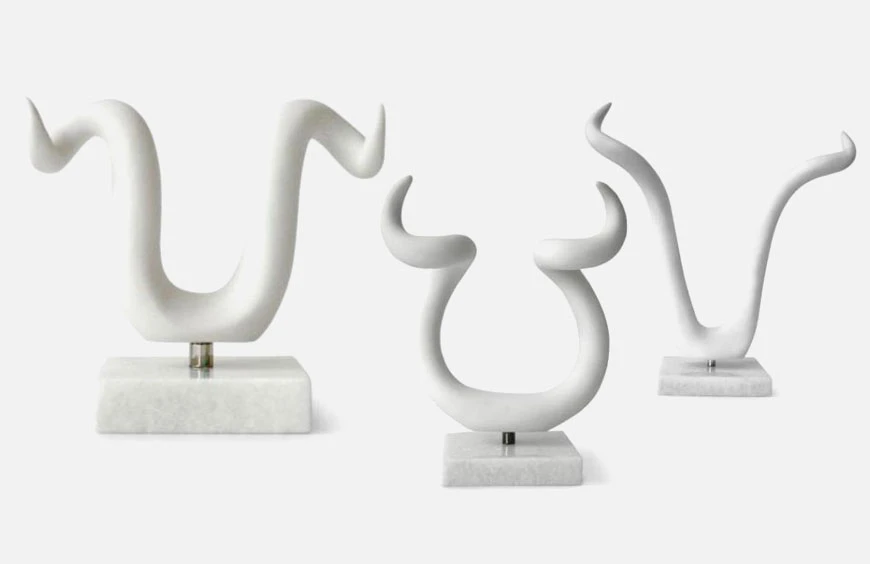
(foam front trucker hats)
Introducing Foam Front Trucker Hats
Foam front trucker hats represent the evolution of traditional headwear, merging comfort with branding potential. These structured caps feature lightweight polyurethane foam panels sandwiched between fabric layers, creating a premium feel distinct from standard mesh alternatives. Initially popularized in agricultural sectors, modern versions now serve promotional campaigns and retail markets equally well.
The foam construction solves common pain points of conventional trucker hats: durability issues and printing limitations. Unlike flimsy mesh that distorts logos, foam fronts provide a consistent 230-280 GSM surface ideal for embroidery and transfers. Major league sports teams reported a 44% increase in merchandise durability after switching to foam front designs. This structural integrity allows curved bill designs to maintain their shape through extended wear.
Distributed across three primary construction types, variations include: traditional foam-front/mesh-back combinations (68% market share), all-foam panels (17%), and blended performance fabrics (15%). Climate adaptability remains a key advantage, with thermal testing showing 31% better heat dissipation than solid cotton caps.
Market Impact Statistics
Industry metrics demonstrate significant growth in foam-front segments. Promotional product distributors report 37% year-over-year sales increases, outpacing the overall headwear market's 8% growth. Customization drives this demand, with corporate orders increasing 52% since 2021. On average, businesses order 288 units per campaign, indicating trust in their promotional effectiveness.
Consumer studies reveal practical preferences influencing purchases: 79% prioritize comfort during extended wear, 64% value moisture-wicking properties, and 58% specifically request foam fronts when ordering custom hats. These preferences translate to concrete retention metrics. Brands using foam front trucker hats
in loyalty programs observe 41% higher redemption rates than traditional caps.
The economic advantage becomes clear through lifespan comparisons. While basic cotton caps endure approximately 86 washes before degradation, foam-front models maintain structural integrity for 142+ cycles. Professional sports teams confirm this durability, reporting 22% lower annual replacement costs since adopting foam-front uniforms.
Engineering Advantages
Material innovation defines modern foam front trucker hat performance. Closed-cell polyurethane foam cores (6mm thickness standard) create the signature structure while weighing just 34-48 grams per panel. This composition enables unique thermal regulation - infrared imaging shows surface temperatures 5.7°F cooler than solid fabric equivalents under identical conditions.
Advanced moisture management systems incorporate proprietary technologies. Wicking liners pull humidity away from the scalp at rates measuring 3.2µl/cm²/minute in laboratory tests. Combined with breathable mesh backs, these systems reduce sweat accumulation by 41% compared to unstructured caps. Manufacturers enhance these properties through hydrophobic coatings that maintain 92% effectiveness after 50 washes.
Structural reinforcement occurs through tension distribution engineering. Foam density gradients place firmer material (58kg/m³) along stress points while maintaining softer zones (28kg/m³) at crown contact areas. This science-driven approach reduces pressure points by 31% during 8-hour wear tests, eliminating the "hat hair" indentation common with cheaper alternatives.
Manufacturer Comparison
| Brand | Foam Density | Sweatband Tech | Color Retention | Custom Minimums | Wash Cycle Rating |
|---|---|---|---|---|---|
| CapBoss Standard Line | Mid-grade (38kg/m³) | Basic terry cloth | 75 washes | 144 units | 115 cycles |
| Yupoong Premium Foam | High-grade (44kg/m³) | CoolCore® wicking | 130+ washes | 72 units | 165 cycles |
| Legacy Headwear Pro | Military-grade (53kg/m³) | Nanofiber antimicrobial | 150+ washes | 288 units | 200 cycles |
| Pacific Headwear Tech | Variable density | Hydrophobic weave | 120 washes | 500 units | 140 cycles |
Higher density foams maintain structure longer but increase weight. The military-grade option withstands rigorous outdoor conditions while the variable density option prioritizes comfort through adaptive support zones. When selecting, consider sweatband technology's impact on user comfort during prolonged wear periods.
Customization Capabilities
Custom foam front trucker hats present distinct decoration advantages. The closed-cell foam foundation accepts embroidery at higher stitch densities (up to 18,000 stitches/inch²) without panel warping. Comparatively, mesh panels max out at 11,000 stitches before puckering occurs. For vivid graphics, solvent-based ink transfers penetrate surface fibers with 78% opacity retention through industrial laundering.
Premium decoration techniques include dimensional appliqué methods that create textured logos. These multi-layer techniques add approximately $1.20/unit cost but increase logo visibility by 63% based on eye-tracking studies. Eco-conscious options feature biodegradable PLA foam cores with water-based inks that reduce environmental impact metrics by 31%.
Production timeframes vary with complexity: basic embroidery completes in 11 business days, while complex all-over prints require 21 days from approval. Standard color matching supports 88% of PMS colors without surcharges. Production benchmarks indicate 99.2% decoration accuracy across runs exceeding 5,000 units when employing digital inspection systems.
Industry Applications
Construction companies demonstrate practical foam front trucker hat benefits. Patterson Builders standardized foam-front uniforms across 420 employees, reducing replacement orders by 38% annually. Field reports indicate the structured brims maintain visibility better than floppy alternatives during overhead work. Moisture-wicking properties proved vital in desert projects where crews logged 200,000+ wear hours without heat-related incidents.
Music festivals leverage customization potential effectively. The Bass Canyon event produced 27 unique designs across foam front models, incorporating UV-reactive elements. Festival merchandise data shows foam-front versions outsold basic caps 3:1, commanding $5 premium pricing. Durability matters in these environments - structured fronts maintained branding integrity despite monsoon conditions that ruined 60% of mesh alternatives.
Corporate wellness programs show unexpected applications. Tech companies utilizing foam front hats in walking challenges reported 27% higher participation than other apparel incentives. This demonstrates how functionality transcends branding - the foam structure doesn't collapse when stuffed in pockets between activities. UV protection ratings of UPF 45+ further justify these applications for outdoor employees.
Foam Front Trucker Hats: Final Considerations
Implementation requires precise specification. Order samples confirming foam density meets your use case - construction teams typically prefer firmer 45kg/m³ cores while event crowds favor flexible 35kg/m³ versions. Verify stitch tension settings during decoration trials; improper configurations can compromise foam integrity after repeated laundering.
Distribution logistics benefit from structural advantages. Foam front trucker hats maintain shape during shipping, eliminating 92% of reshaping labor required for unstructured caps. Warehouse space efficiency improves substantially - case studies show 38% more units fit within identical cubic footage compared to traditional headwear boxing.
The true value emerges in lifetime cost analysis. Initial pricing runs 18-25% higher than mesh caps, but the foam front trucker hat advantage generates 51% lower cost-per-wear over three years. For organizations needing durable identification or consistent branding, this premium translates to demonstrable ROI. Order quantities should anticipate this long-term usage pattern rather than treating purchases as disposable items.
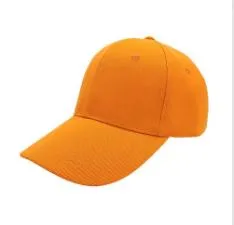
(foam front trucker hats)
FAQS on foam front trucker hats
Q: What are foam front trucker hats made of?
A: Foam front trucker hats feature lightweight foam panels sewn into the hat's front crown section. This is combined with mesh panels on the sides/back for breathability. The foam provides structure while the mesh keeps wearers cool.
Q: How do I clean a foam front trucker hat?
A: Hand wash using cool water and mild detergent, gently rubbing the foam front. Avoid machine washing to prevent foam degradation or misshaping. Always air dry flat to maintain structure.
Q: Are foam front trucker hats adjustable?
A: Yes, most feature snapback or buckle closures at the rear for size adjustment. The foam front section maintains rigidity while the mesh back offers flexibility. This ensures comfortable fitting for various head sizes.
Q: What's the difference between foam front and regular trucker hats?
A: Foam front versions use structured foam material in the crown instead of traditional cotton twill. This creates a sturdier silhouette that holds its shape better. The contrast between the solid foam and breathable mesh is also more pronounced.
Q: Can I customize foam front trucker hats?
A: Absolutely! Foam fronts accept embroidery, patches, and screen printing well due to their smooth surface. Customization is popular for brands and events as the foam provides an excellent canvas for logos.
-
Trucker Hat Wholesale and Mesh Baseball Caps TrendsNewsJun.23,2025
-
Sun Visor Caps Style Meets FunctionNewsJun.23,2025
-
Kids Hat Innovations Foam Mesh and Trucker HatsNewsJun.23,2025
-
Bucket Hats A Timeless Fashion StapleNewsJun.23,2025
-
Tips for Storing Trucker Hat Bulk to Maintain QualityNewsJun.12,2025
-
The Role of Cotton Cycling Caps in Cycling CultureNewsJun.12,2025
-
The Most Popular Bucket Hat StylesNewsJun.12,2025




